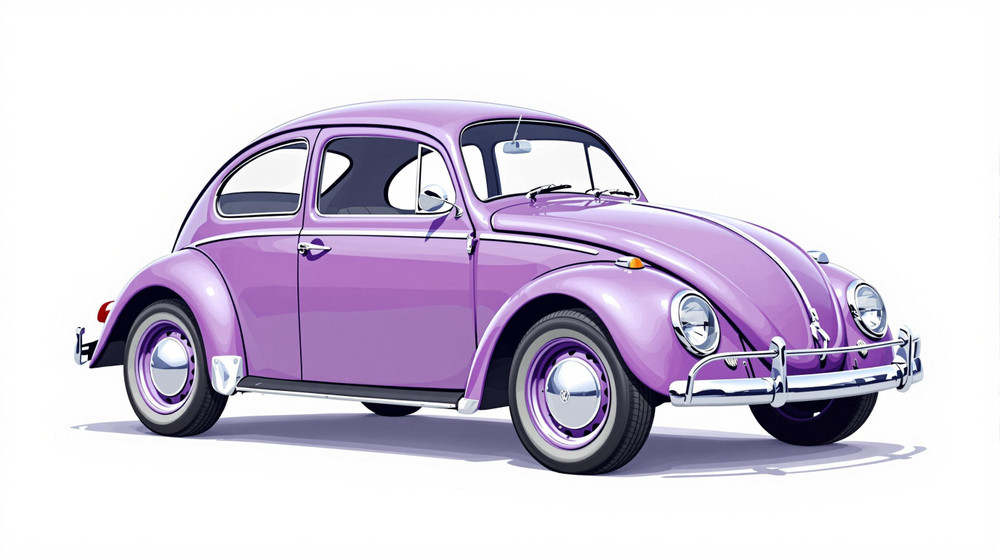Image of 1960 Volkswagen Beetle, Note: These illustrations use artistic license and may differ from actual historical models.
Performance Metrics
Fundamental Metrics
Emotional Appeal
MMP Rating
| Engine Specifications | |
|---|---|
| Engine: | Air-cooled, rear-mounted, flat four |
| Displacement: | 1192cc |
| Horsepower: | 36-40 HP |
| Torque: | 60-65 lb-ft |
| Compression Ratio: | 6.6:1 |
| Ignition System: | Distributor ignition system |
| Cooling System: | Air-cooled |
| Performance Specifications | |
| 0-60 Time: | 30 seconds |
| 1/4 Mile Time: | 20 seconds |
| Top Speed: | 68-72 mph |
| Transmission and Drive | |
| Drive Type: | Rear-wheel drive |
| Transmission Type: | 4-speed manual |
| Fuel and Efficiency | |
| Fuel System Type: | Carburetor |
| MPG: | 28-32 mpg |
| Dimensions and Brakes | |
| Brakes: | Drum brakes |
| Wheelbase: | 94.5 inches |
| Weight: | 1,675 lbs |
Note: Specifications for classic cars are given to the best of our ability, considering the limited and variant data available.
Introduction
The 1960 Volkswagen Beetle is an emblem of simplicity and charm on four wheels. Born from the vision of Ferdinand Porsche and the demands of pre-war Germany, the Beetle—or 'Type 1'—emerged as a symbol of post-war recovery and became one of the most recognizable vehicles on the planet. Its rounded silhouette and endearing aesthetics have captured hearts worldwide, earning it a place in automotive folklore. A testament to its popularity is the fact that it held the world record for the most-produced, single make of car for many years.
Design and Innovation
With its distinctive rounded fenders, smiling front end, and split rear window (which was replaced by a single oval in later models), the 1960 Beetle's design is timeless. The interior was a study in minimalist function; Spartan yet surprisingly comfortable with durable materials that stood the test of time. Technologically, the Beetle was ahead with its air-cooled rear engine and independent suspension system. It came in a variety of color options, with hues like Horizon Blue and Ruby Red being among the favorites. The two-door sedan body style remains iconic, though convertible versions added to its allure.
Historical Significance
The Volkswagen Beetle didn't just mobilize a nation; it became a global phenomenon that influenced automotive culture for decades. Its affordability and simplicity set it apart from other cars of its era, democratizing mobility for many. The Beetle's design remained largely unchanged for years, making it a symbol of reliability and consistency in an ever-evolving world.
Performance and Handling
The 1960 Beetle was never about breakneck speed; it was about dependability and efficiency. With a top speed hovering around 68 mph and a modest 0-60 mph time that wouldn't win races, performance was adequate for its time. Handling was nimble due to its lightweight construction, and drivers often praised its ability to navigate through tight spaces with ease. The distinctive hum of its air-cooled engine is unmistakable, contributing to an authentic driving experience that's hard to find in modern vehicles.
Ownership Experience
The Beetle served many roles—from a daily commuter to an advertising icon or even as a canvas for artistic expression. Its simple mechanics made it a favorite among DIY enthusiasts, while its reliability earned it respect as a dependable workhorse. Maintenance is generally straightforward, which has helped maintain a strong community of owners and restorers who cherish these vehicles.
Fun Facts
The 1960 Volkswagen Beetle has been immortalized in countless ways: from Herbie the Love Bug to being featured on album covers. It's been owned by celebrities, used in competitive racing, and has even been transformed into art installations. Despite criticisms over time about its performance or safety compared to modern standards, the Beetle remains an icon of design simplicity.
Collector's Information
Today, the value range for a well-preserved 1960 Volkswagen Beetle can vary widely based on condition, originality, and history. While exact production numbers are hard to pinpoint due to VW's global manufacturing footprint at the time, estimates suggest millions were produced. As collector interest grows in original condition models or unique editions, values are generally appreciating.
Conclusion
The 1960 Volkswagen Beetle is more than just a car; it's a cultural touchstone that represents innovation through simplicity. Its enduring design has transcended generations, making it as much an object of affection today as it was over half a century ago. For enthusiasts and collectors alike, owning a piece of this legacy is not just an investment but also an homage to automotive history.
1960 Volkswagen Beetle Catalog of Parts
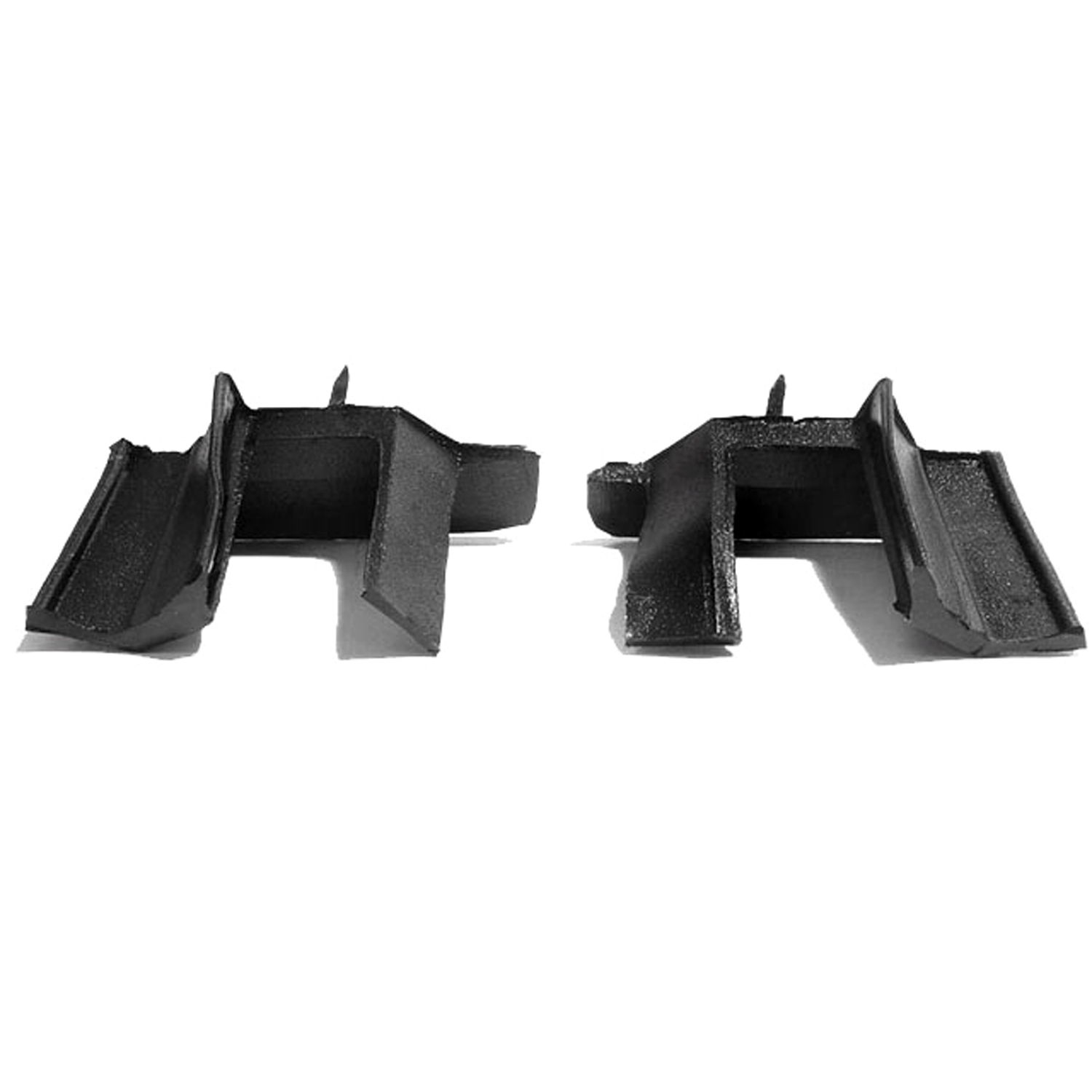 1960 Volkswagen Beetle Front Quarter Wedge Weatherseal for Convertibles-ALP 10Front Quarter Wedge Weatherseal for Convertibles. Used at back of roll-up quarter window. Pair R&L
1960 Volkswagen Beetle Front Quarter Wedge Weatherseal for Convertibles-ALP 10Front Quarter Wedge Weatherseal for Convertibles. Used at back of roll-up quarter window. Pair R&L 1960 Volkswagen Beetle Rear Door Wedge Weatherseal for convertibles-ALP 10-ARear Door Wedge Weatherseal for convertibles. Used behind back of roll-up quarter window. Pair R&L
1960 Volkswagen Beetle Rear Door Wedge Weatherseal for convertibles-ALP 10-ARear Door Wedge Weatherseal for convertibles. Used behind back of roll-up quarter window. Pair R&L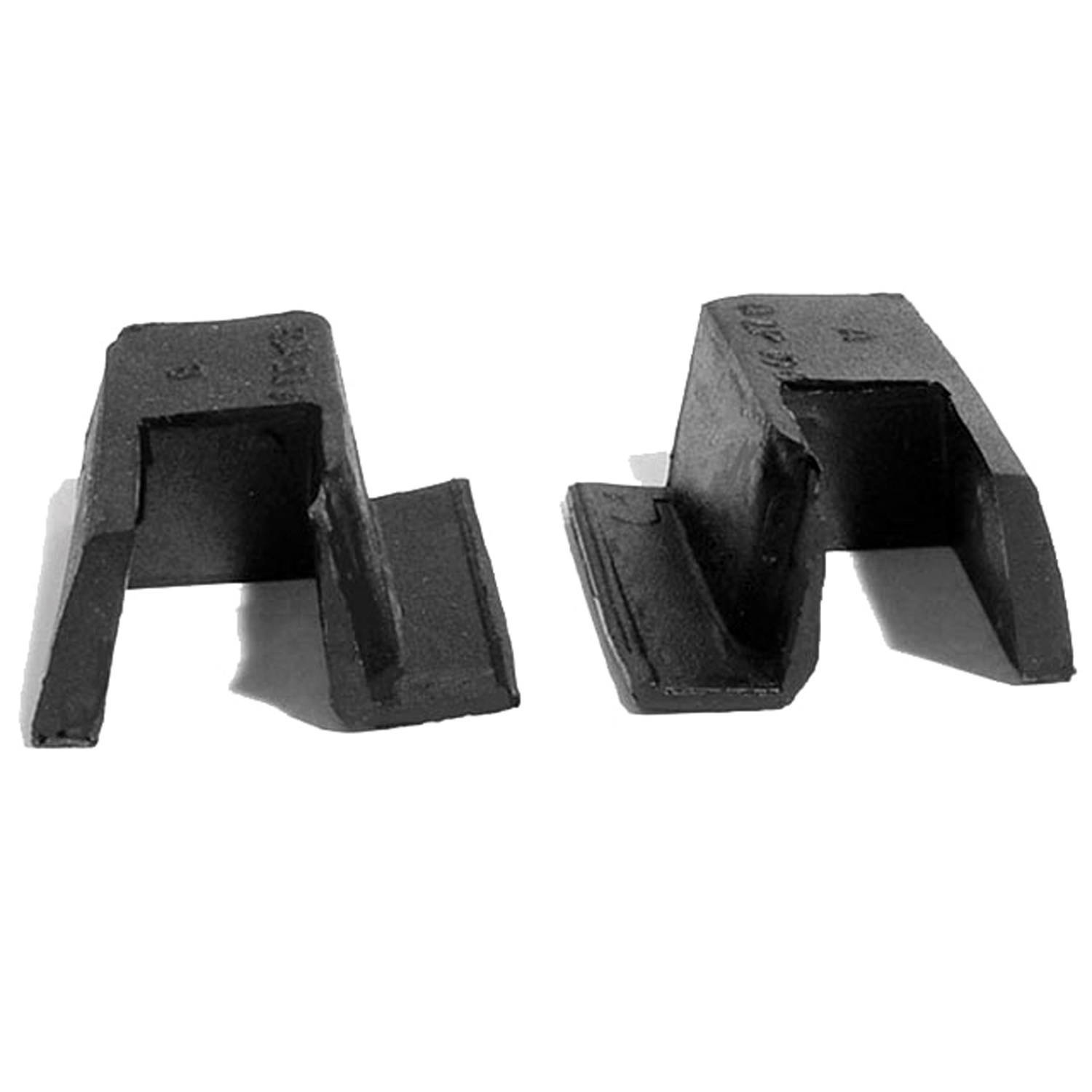 1960 Volkswagen Beetle Rear Quarter Wedge Weatherseal for Convertibles-ALP 10-BRear Quarter Wedge Weatherseal for Convertibles. Used at front of roll-up quarter window. Pair R&L
1960 Volkswagen Beetle Rear Quarter Wedge Weatherseal for Convertibles-ALP 10-BRear Quarter Wedge Weatherseal for Convertibles. Used at front of roll-up quarter window. Pair R&L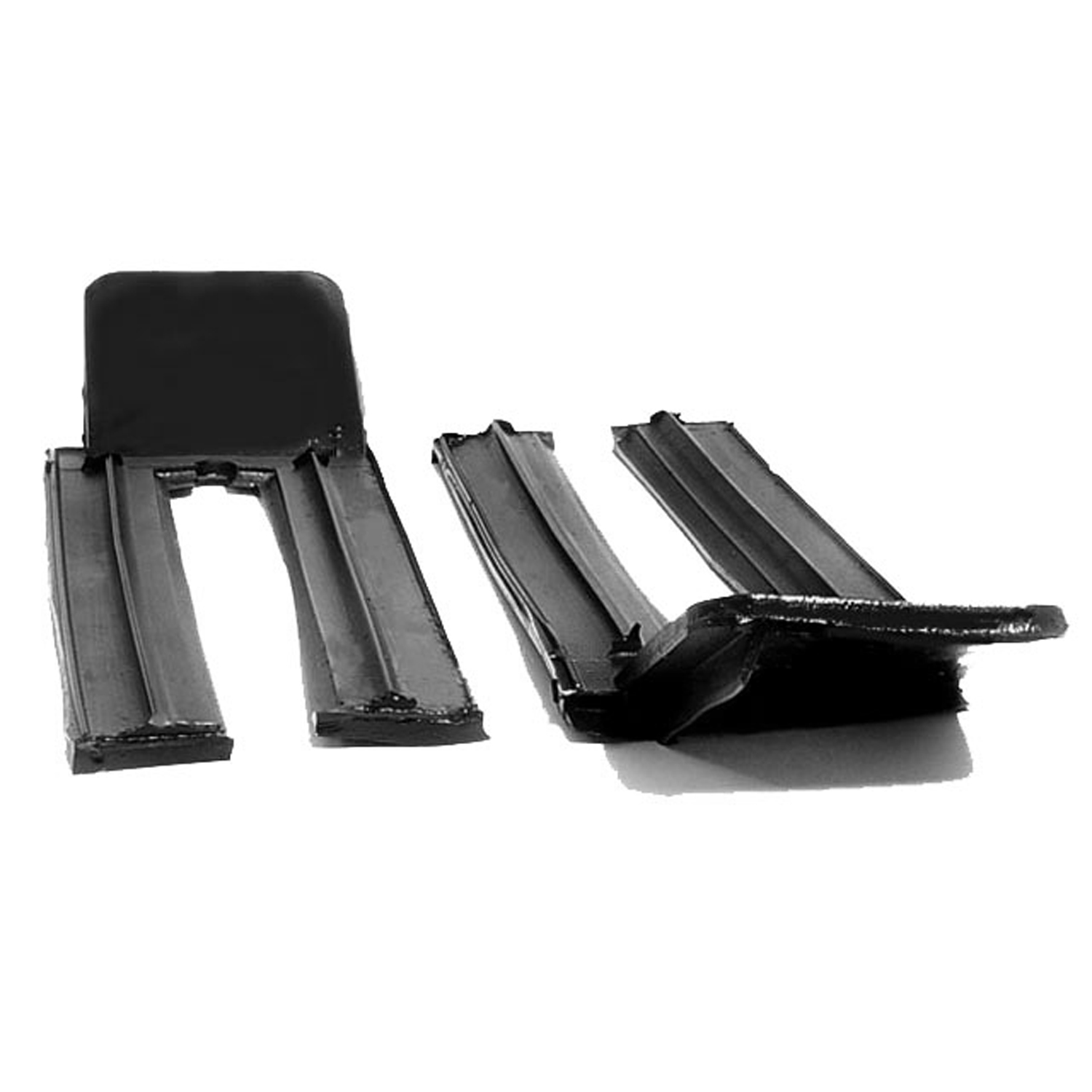 1960 Volkswagen Beetle Front Door Wedge Weatherseal for Convertibles-ALP 10-CFront Door Wedge Weatherseal for Convertibles. Used at front of vent window assembly to door. Pair R&L
1960 Volkswagen Beetle Front Door Wedge Weatherseal for Convertibles-ALP 10-CFront Door Wedge Weatherseal for Convertibles. Used at front of vent window assembly to door. Pair R&L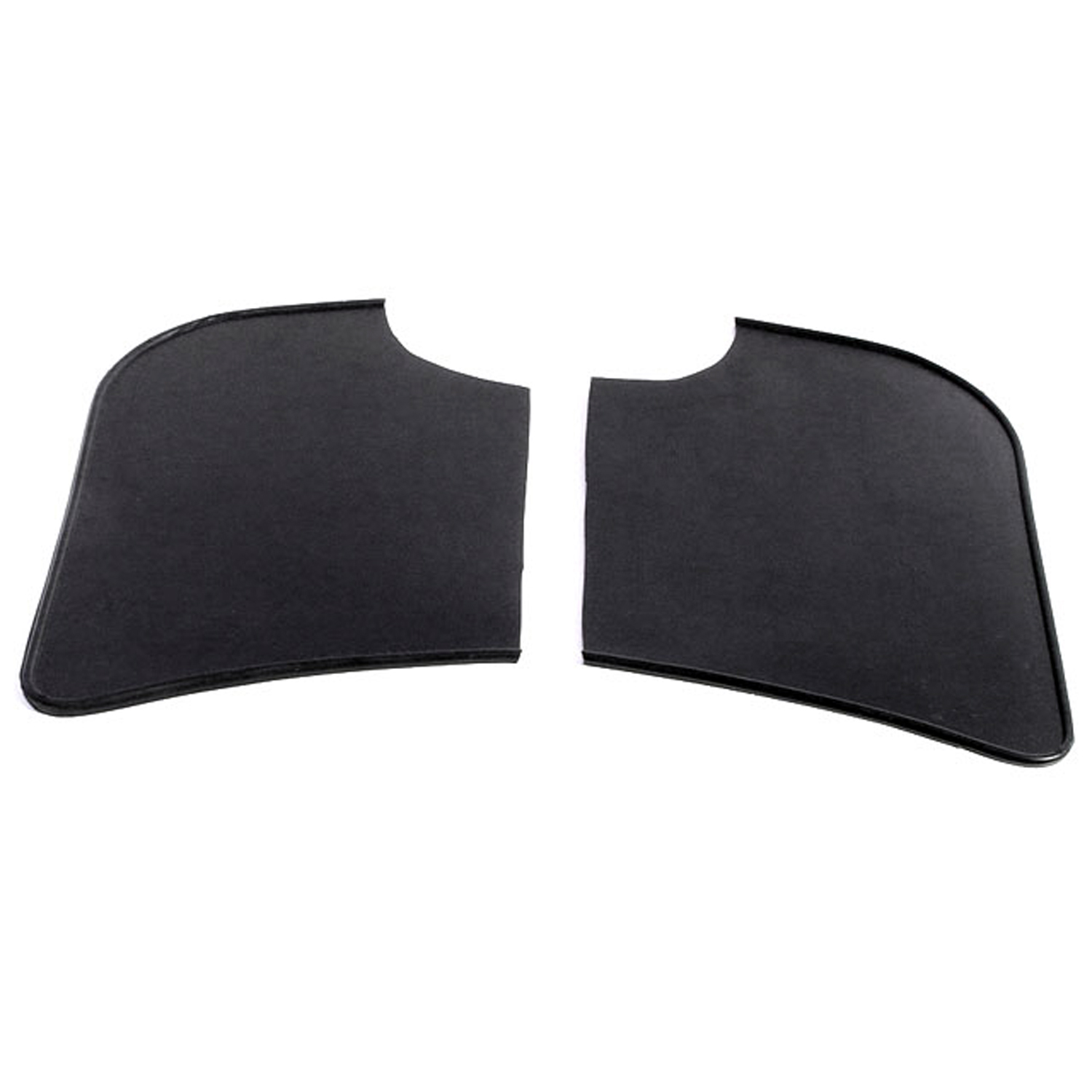 1960 Volkswagen Beetle Gravel Shields. Molded flat without metal backing plates-FS 40Gravel Shields. Molded flat without metal backing plates. Apply with contact cement. 7-5/8" long X 5-5/8" wide at top. Pair
1960 Volkswagen Beetle Gravel Shields. Molded flat without metal backing plates-FS 40Gravel Shields. Molded flat without metal backing plates. Apply with contact cement. 7-5/8" long X 5-5/8" wide at top. Pair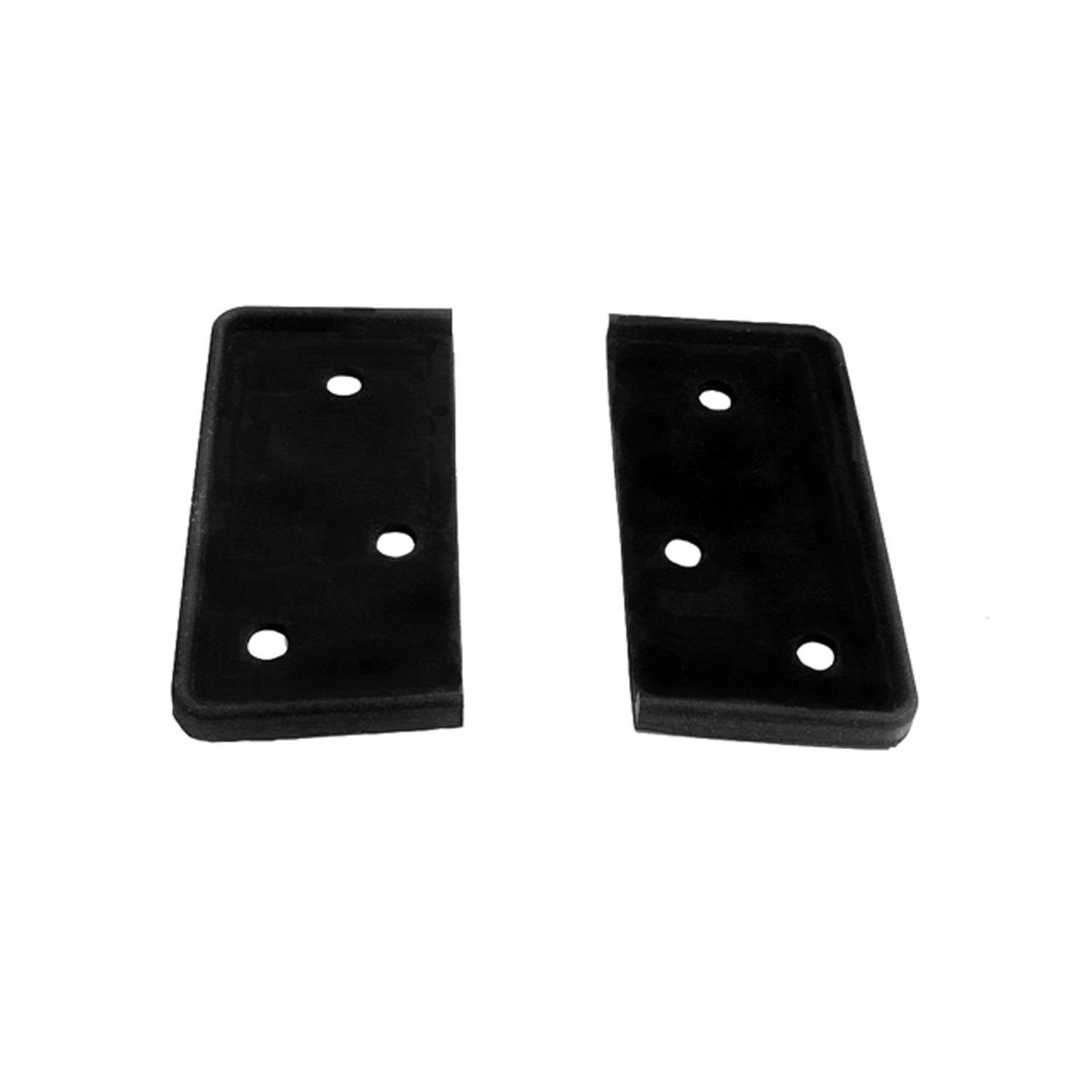 1960 Volkswagen Beetle Outside Quarter Window Seal (facing base)-MP 1501Outside Quarter Window Seal (facing base). 2-1/2" wide X 1-1/4" long. Pair R&L
1960 Volkswagen Beetle Outside Quarter Window Seal (facing base)-MP 1501Outside Quarter Window Seal (facing base). 2-1/2" wide X 1-1/4" long. Pair R&L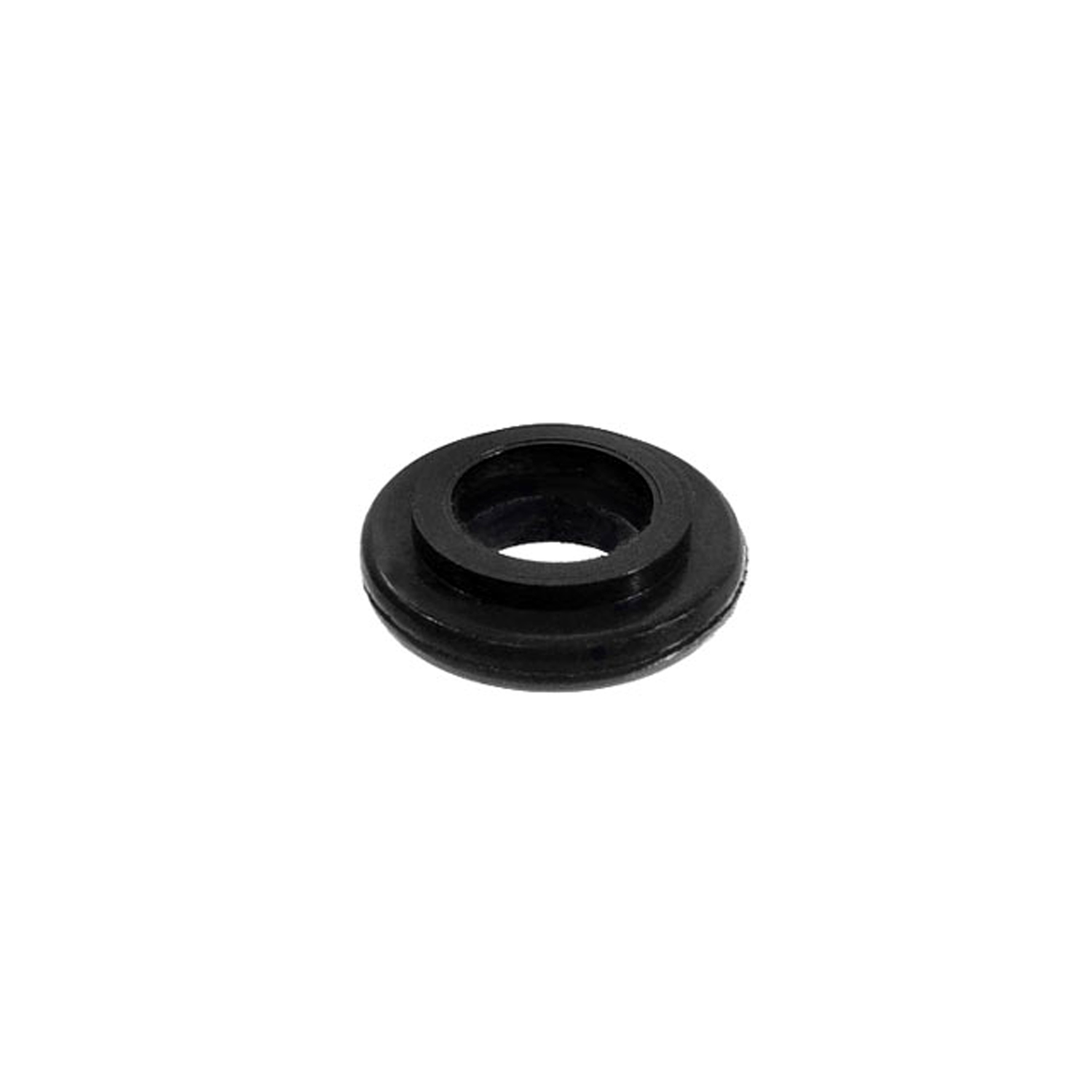 1960 Volkswagen Beetle Oil Cooler Seal. 7/16" I.D., 7/8" O.D. Each-RP 8-BOil Cooler Seal. 7/16" I.D., 7/8" O.D. Each
1960 Volkswagen Beetle Oil Cooler Seal. 7/16" I.D., 7/8" O.D. Each-RP 8-BOil Cooler Seal. 7/16" I.D., 7/8" O.D. Each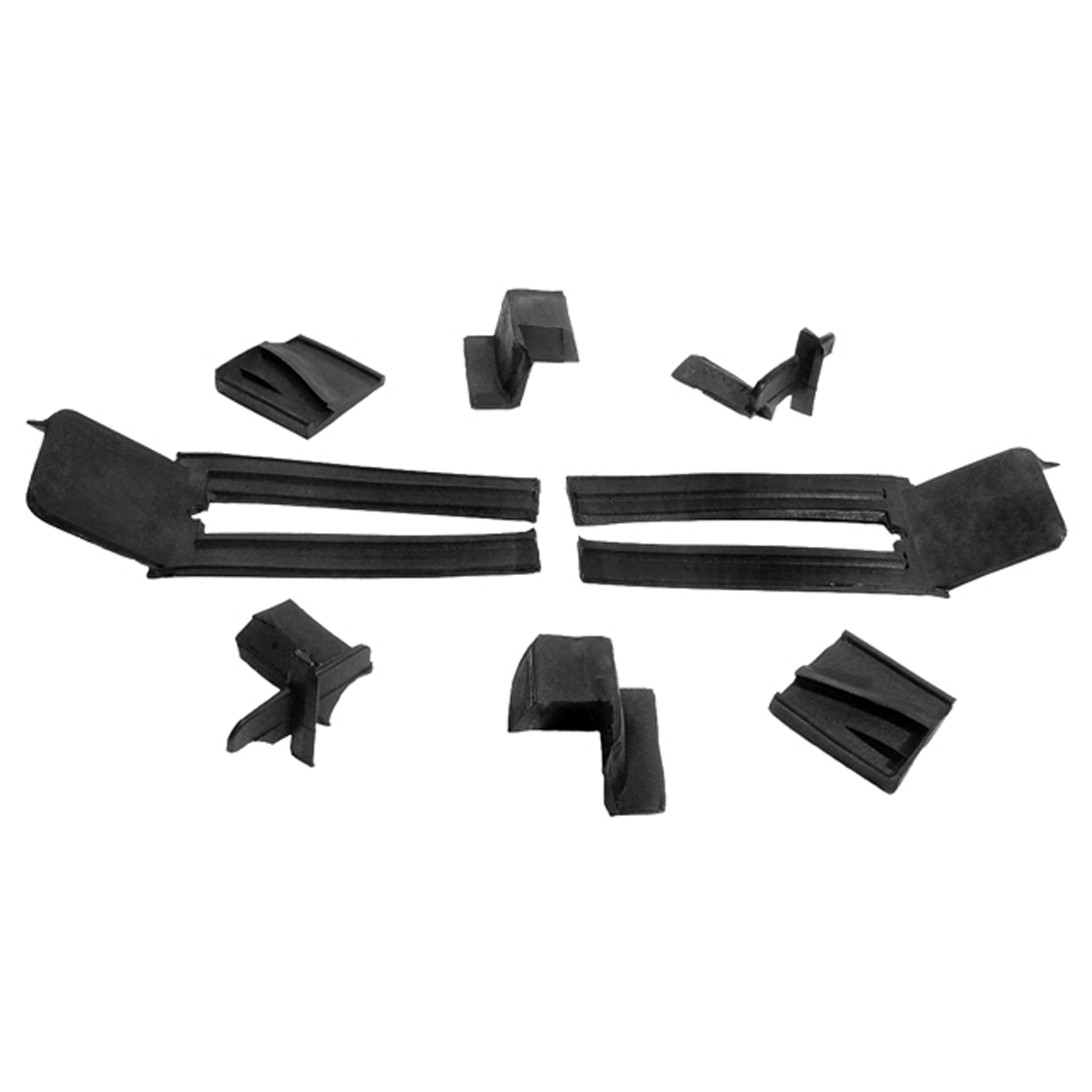 1960 Volkswagen Beetle Auxillary Window Seal Kit for Convertibles (ALP 10, ALP 10-A-WK 400Auxillary Window Seal Kit for Convertibles (ALP 10, ALP 10-A, ALP 10-B, ALP 10-C) 8-Piece Kit
1960 Volkswagen Beetle Auxillary Window Seal Kit for Convertibles (ALP 10, ALP 10-A-WK 400Auxillary Window Seal Kit for Convertibles (ALP 10, ALP 10-A, ALP 10-B, ALP 10-C) 8-Piece Kit 1960 Volkswagen Beetle Front Vent Window Seals, for Convertibles-WR 9800Front Vent Window Seals, for Convertibles. Molded in proper shape. Pair
1960 Volkswagen Beetle Front Vent Window Seals, for Convertibles-WR 9800Front Vent Window Seals, for Convertibles. Molded in proper shape. PairWhy Choose Metro?
For over 100 years, Metro Moulded Parts has been the pinnacle of quality in classic car restoration parts. Our commitment to precision and authenticity in every component ensures a perfect fit and an OEM-level appearance.
- Expert Craftsmanship & Quality: Each part is a testament to our dedication to reliability and perfection, crafted from original designs and thoroughly tested.
- Advanced Technology: We use cutting-edge techniques to create flawless, long-lasting parts that surpass others in performance.
- SuperSoft Sponge – The Ultimate Door Seal: Not only are our door seals 30% softer than competitors', but they're also guaranteed to never leak. They effectively reduce wind and road noise, enhancing your classic car's comfort and driving experience.
- Proudly American: Our parts are a product of American craftsmanship, made in the USA with a spirit of excellence and heritage.
- Unrivaled Warranty: We back our products with a 30-year industry-leading warranty, a testament to our confidence in their quality.
Join us in preserving the legacy of classic cars with parts that are crafted for perfection, not just made.

